Beware of noise levels
As an avid concertgoer, I see dozens of live shows every year. But when I look around at the tens of thousands of other people, I am one of the only ones there with hearing protection in my ears. Even children are walking around these concerts unaware of how these volume levels can have permanent damaging effects on their hearing.
Not all volume is created equal
As an audiologist, I measure volume in terms of decibel (dB) level. Any sound at 80 dB or lower can never cause hearing damage, no matter how long you are exposed to it. If sound levels reach 85 dB, permanent hearing damage can occur with about 8 hours of exposure.
At the last two shows I attended, I measured the average noise level to be 90–100 dB while the bands were playing. At 90 dB, noise exposure can last around four hours before damage sets in, whereas at 100 dB, permanent hearing loss can occur after only two hours of exposure. Most concerts last anywhere from three to five hours, depending on how many bands are playing. If attending an outdoor sporting event, volume levels can match that of a gunshot at 120+ dB, which can cause permanent damage in minutes, not hours. The louder the environment gets, the less time you can expose yourself to that noise before it causes hearing damage. If you are not sure how loud the environment is going to be, pack hearing protection just in case.
Not all hearing protection is created equal
There is a common misconception that using hearing protection during a concert or sporting event will plug up all of your hearing so that you cannot hear any of the music. That is simply not true: Hearing protection filters dangerously loud volume levels for safe listening; the quality of the music is still there, and you can still talk and communicate with your friends and family around you.
There are many types of hearing protection, so do your homework first. The amount of volume filtered down and the material used in the earplug make a difference. You could get a really great pair of earplugs, but if they are not inserted in the ears properly, they can have a huge impact on the noise exposure. They come in many sizes, shapes, and colors to fit your ears. You can also get custom-made hearing protection that is molded to fit your ears exactly for best fit. Consult your audiologist on what type of hearing protection you need to best fit your lifestyle.
Proper insertion
If using foam plugs, the first thing to do is roll them in your fingers so they get as small as possible, then place them inside the ear canal and hold them there for about 5 seconds to let the foam expand inside your ears. This is the way to get the best fit and the best protection against noise exposure. If the plug comes out easily, this may not be the right size and shape for your ear. Make sure during the course of the concert to reinsert the plugs periodically to get the best benefit for noise reduction.
See below an example of proper placement and improper placement:
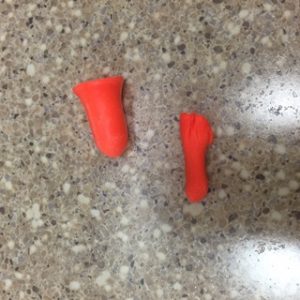
Proper placement:
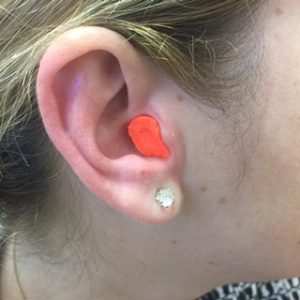
Improper placement:
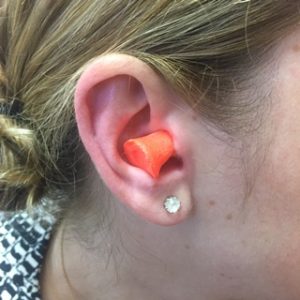
Custom-molded hearing protection:
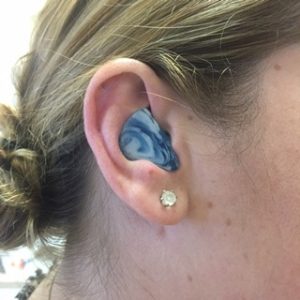
Hearing protection should be a critical part of a music enthusiast’s lifestyle. You still get to hear and feel the quality of the music without the danger to your hearing. Protecting your hearing is very important across your entire lifespan because once you lose it you can’t reverse the damage.

